Sgt. Janus, Spirit-Breaker Carries on the Tradition
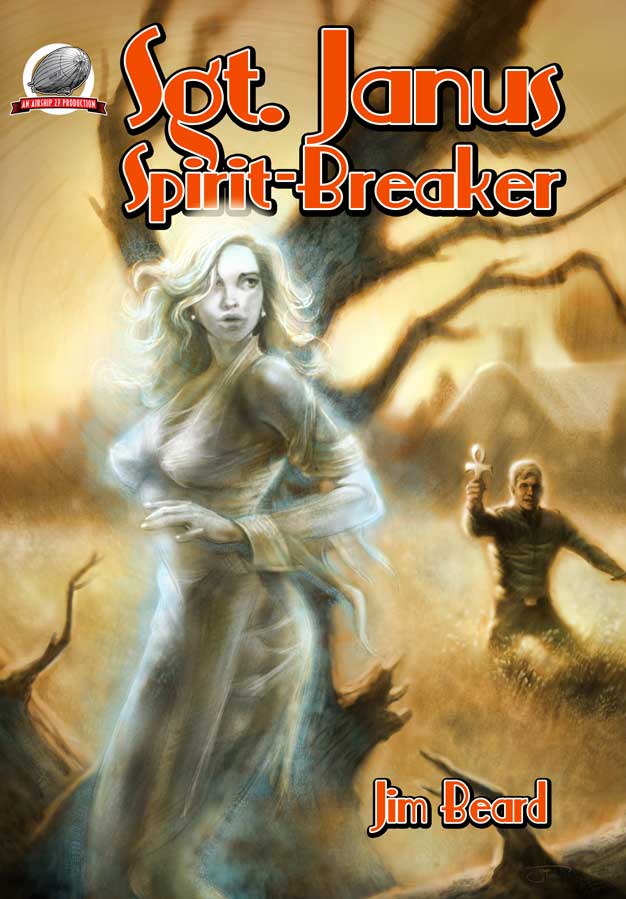
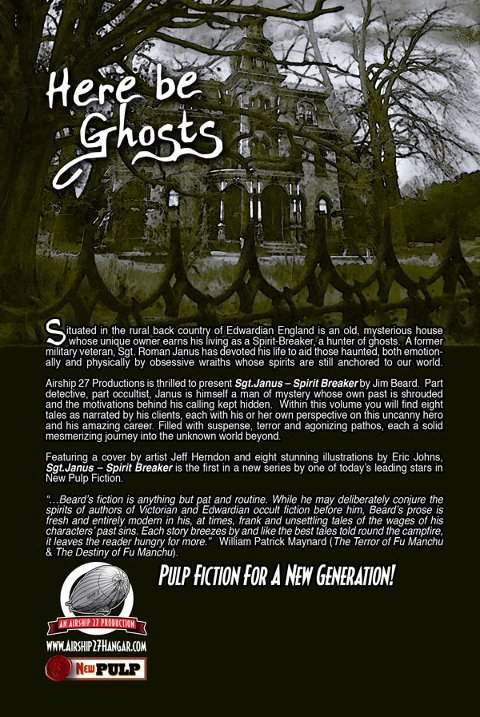 There is a longstanding tradition of occult detectives. Sheridan Le Fanu is generally considered the originator of the sub-genre with his chronicles of Dr. Martin Hesselius. Together with William Hodgson Hope’s Carnacki, Seabury Quinn’s Jules de Grandin, and Manly Wade Wellman’s John Thunstone, Dr. Hesselius’ cases are generally regarded as the finest examples of a continuing occult detective hero in the supernatural realm of mystery fiction.
There is a longstanding tradition of occult detectives. Sheridan Le Fanu is generally considered the originator of the sub-genre with his chronicles of Dr. Martin Hesselius. Together with William Hodgson Hope’s Carnacki, Seabury Quinn’s Jules de Grandin, and Manly Wade Wellman’s John Thunstone, Dr. Hesselius’ cases are generally regarded as the finest examples of a continuing occult detective hero in the supernatural realm of mystery fiction.
Willie Meikle, Jim Butcher, and Simon R. Green are among the outstanding contemporary practitioners of the form. Now one may add Jim Beard and his creation of Sgt. Roman Janus to the list of occult detectives whose exploits are worthy of a larger audience. Beard is among the select group whose work is exclusively aimed at the niche market for New Pulp. Sgt. Janus, both as an original creation and as a literary work itself, raises the bar for Beard’s fellow authors to match the same exacting standard achieved here.
Janus, in Roman mythology, is the god of the gateway to the past and the future. So it is with Sgt. Janus, a character who provides the essential link between the astral plane and our own reality. The eight stories in this collection depict the character through the eyes of his clients. The device works brilliantly in giving the reader differing perspectives on the detective and his methods.
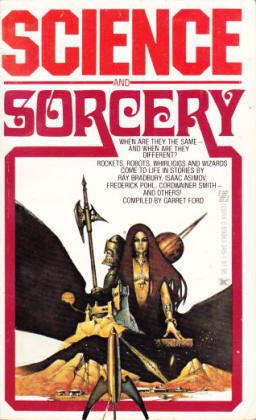
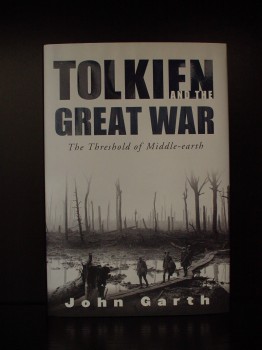 As a subscriber to the Mythsoc listserv, I was very grateful to find a link from Michael Martinez — proprietor of the fine Middle-earth.xenite.org website — to a recent interview conducted with J.R.R. Tolkien scholar, John Garth, author of Tolkien and the Great War: The Threshold of Middle-earth (Houghton Mifflin Company, 2003). It’s a fascinating read and worth checking out;
As a subscriber to the Mythsoc listserv, I was very grateful to find a link from Michael Martinez — proprietor of the fine Middle-earth.xenite.org website — to a recent interview conducted with J.R.R. Tolkien scholar, John Garth, author of Tolkien and the Great War: The Threshold of Middle-earth (Houghton Mifflin Company, 2003). It’s a fascinating read and worth checking out; 
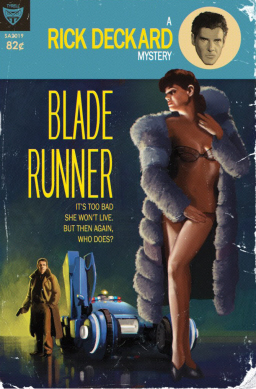
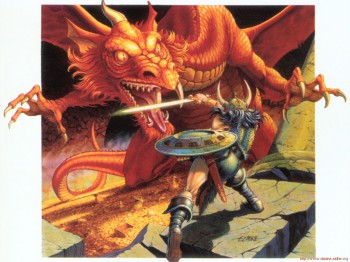
 The premise of this podcast series is that tourists came from as far as the Faerie Kingdom and Hell to visit the 1893 Chicago World’s Fair and, once it was over, decided to stay. These sub-cultures continued to co-exist with every other immigrant community in Chicago, integrating just enough to go unnoticed by most people. The Burnham Society was established to intervene in those situations where the sub-cultures don’t peacefully co-exist. The organization is perpetually trying to maintain its lofty goals while dealing with petty day-to-day politics (much like its namesake, architect Daniel Burnham).
The premise of this podcast series is that tourists came from as far as the Faerie Kingdom and Hell to visit the 1893 Chicago World’s Fair and, once it was over, decided to stay. These sub-cultures continued to co-exist with every other immigrant community in Chicago, integrating just enough to go unnoticed by most people. The Burnham Society was established to intervene in those situations where the sub-cultures don’t peacefully co-exist. The organization is perpetually trying to maintain its lofty goals while dealing with petty day-to-day politics (much like its namesake, architect Daniel Burnham).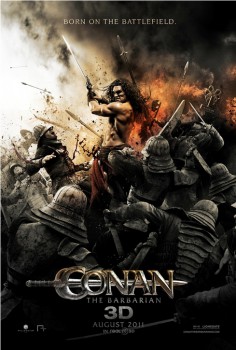 I have a week-long break between summer movie reviews, the gap between
I have a week-long break between summer movie reviews, the gap between 